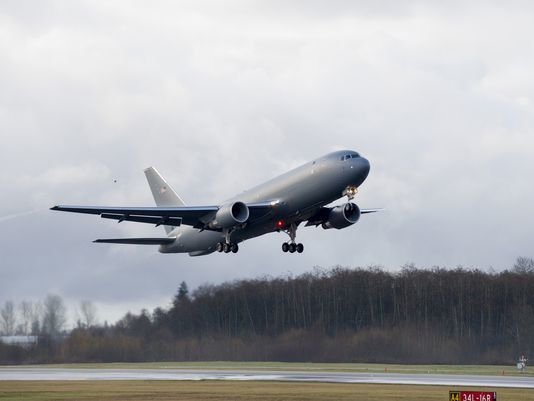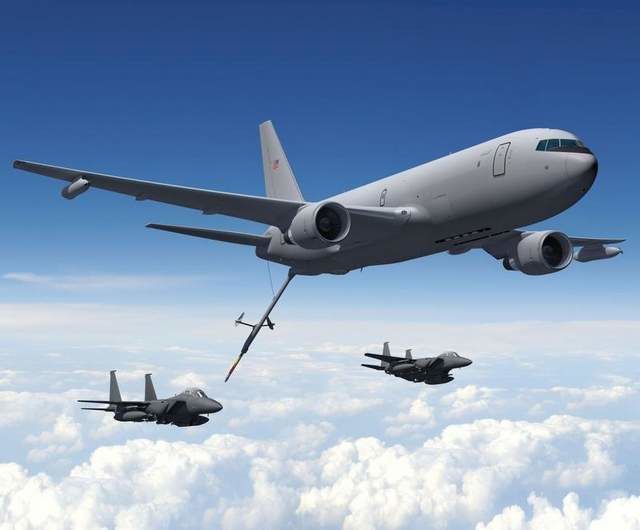02.11.2015 Romandie.com (AWP)
New York (awp/afp) - Après avoir perdu l'énorme contrat du bombardier du futur aux Etats-Unis, Boeing est au pied du mur pour relancer ses activités de défense alors qu'un rebond des dépenses militaires n'est pas attendu avant 2020-2023.
Le constructeur aéronautique se retrouve aujourd'hui exclu des deux plus importants programmes militaires américains de la décennie après la défaite concédée face à Lockheed Martin pour l'avion de combat de nouvelle génération F-35.
Une situation inédite pour un groupe ayant produit les célèbres bombardiers B-17 et B-29 de la Seconde guerre mondiale et le B-52 qui s'est illustré pendant la guerre du Vietnam. Le bombardier B-1 qu'il fabrique aujourd'hui avait été conçu par Rockwell, acquis en 2001 par Boeing.
"Les activités militaires de BDS (Boeing Defense and Space, branche militaire NDLR) ne se portent pas bien", observe Loren Thompson du Lexington Institute.
l'exception des hélicoptères d'attaque Apache et de transport lourd Chinook, BDS est face à une montagne de difficultés: les retards s'accumulent pour l'avion ravitailleur KC-46 et il est en train de fermer son usine californienne de production de l'avion de transport militaire C-17.
Faute de commandes suffisantes pour son chasseur F/A-18 Super Hornet, l'industriel risque de ne plus jouer les premiers rôles dans le segment des avions de combat, redoute M. Thompson.
- Suppressions d'emplois -
Conscient des enjeux, Boeing n'exclut pas de faire appel de la décision du Pentagone d'attribuer à Northrop le contrat estimé à environ 80 milliards de dollars sur le futur bombardier LRS-B (Long range strike bomber).
En attendant, l'avionneur doit trouver une solution d'avenir pour l'activité de production des avions militaires, héritage de l'acquisition de McDonnell Douglas, estime Rob Stallard de RBC Capital.
Si les revenus de BDS sont restés stables à environ 30 milliards de dollars - soit un tiers du chiffre d'affaires total de Boeing - en dix ans, les recettes de la part militaire ont en revanche dégringolé. Le nombre de salariés a fondu de 75.000 à 50.000.
Lors des quatre dernières années, Boeing a vu la valeur de ses contrats auprès du Pentagone passer de 21,5 milliards de dollars à 18,2 milliards, en raison des coupes dans le budget.
"L'ensemble de l'industrie de défense est en train de s'ajuster aux défis budgétaires de nos clients à travers le monde", explique à l'AFP Todd Blecher, un porte-parole de Boeing.
Les observateurs, qui ne s'attendent à une reprise des dépenses militaires qu'à partir de 2020 et 2023, parient sur une réduction de la voilure, une éventualité que le groupe de Chicago n'écarte pas.
Les sites de production de St Louis (Missouri, centre), qui emploient près de 15.000 personnes, vont en faire les frais. Le F/A-18 et le F-15, dont les cadences de production ont été abaissées récemment, y sont assemblés.
Après un geste du Congrès américain, la production du F/A-18 n'est assurée que jusqu'à 2017 et celle du F-15 jusqu'en 2020 grâce à des commandes de l'Arabie saoudite.
Le nombre de suppressions d'emplois pourrait être limité par la décision de Boeing, séduit par d'importantes subventions locales, de construire une usine de production de pièces de son gros porteur 777X dans la région.
- Grosse acquisition ? -
Boeing fonde ses espoirs sur les programmes T-X (remplacement des avions d'entrainement de l'Armée de l'Air américaine), Uclass (drone de combat embarqué pour la Marine) et sur les perspectives à l'export du KC-46.
"Le Japon voudrait passer commande", assure Todd Blecher et il est plus que probable que le groupe va participer à l'appel d'offres sur les avions radar de surveillance du sol JStars aux Etats-Unis et celui sur le remplacement du F/A-18C en Finlande.
L'avionneur compte en outre sur les versions militaires de ses avions civils (737 pour l'avion de patrouille maritime P-8A par exemple) et veut être, affirme-t-il, le principal interlocuteur du Pentagone pour les très lucratifs services de maintenance.
Le développement des satellites militaires et civils est également un relais de croissance qu'examine Boeing mais l'industriel doit, estiment les analystes, acquérir un acteur majeur de l'industrie comme Northrop Grumman pour véritablement relancer ses activités militaires. Cela lui permettrait de récupérer le programme de bombardier lourd.
Boeing se refuse à commenter, une réticence sans doute due au fait que le secrétaire américain à la défense Ash Carter a prévenu en septembre qu'il s'opposerait à la consolidation de grands acteurs par souci de concurrence.


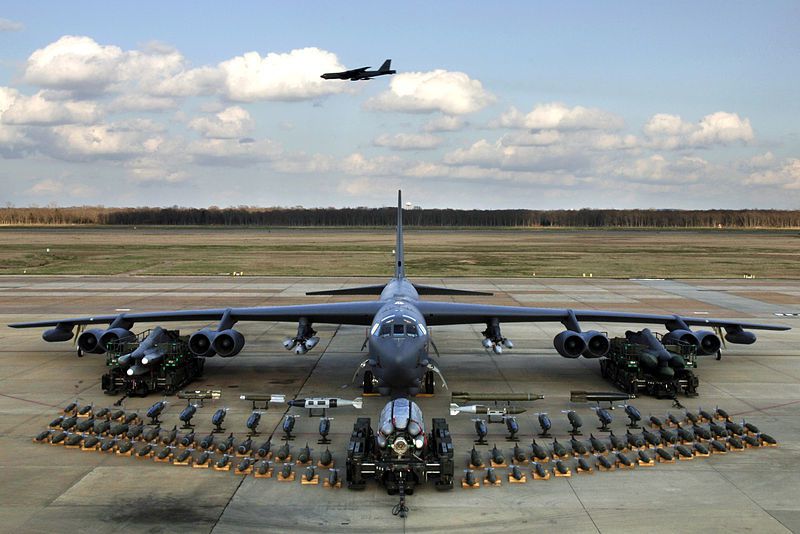



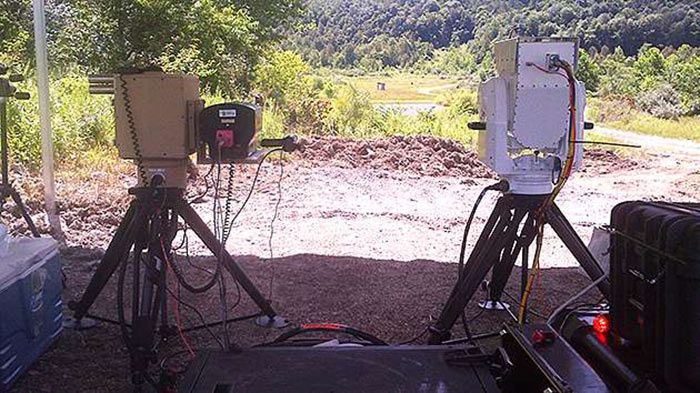


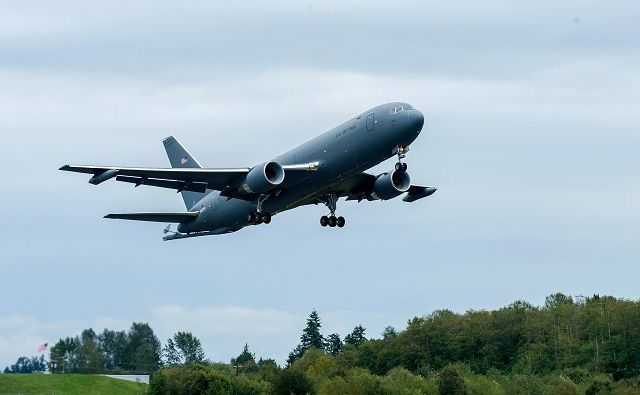


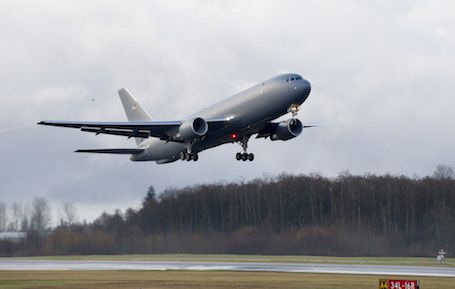

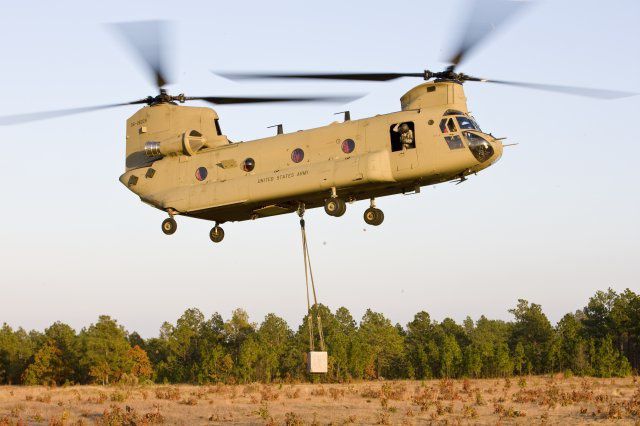


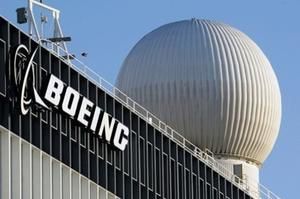
/image%2F0547456%2F20150911%2Fob_5ac98f_f-35a-us-air-force-test-aircraft-loc.jpg)
/image%2F0547456%2F20150911%2Fob_00f3d6_avion-ravitailleur-kc-46-de-boeing-de.jpg)

